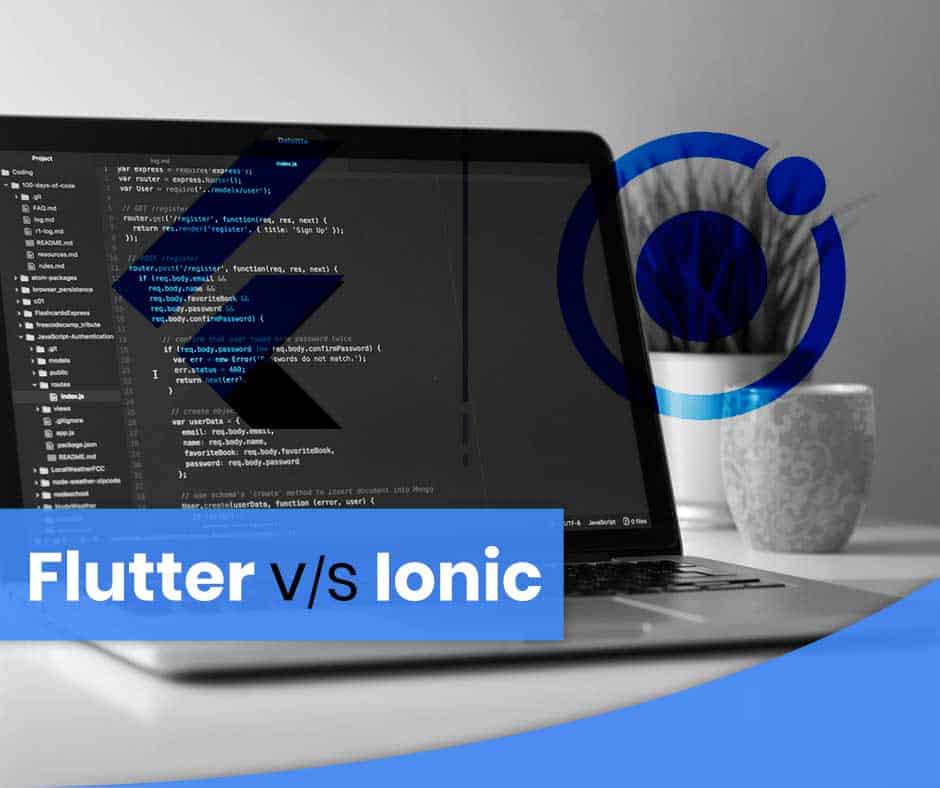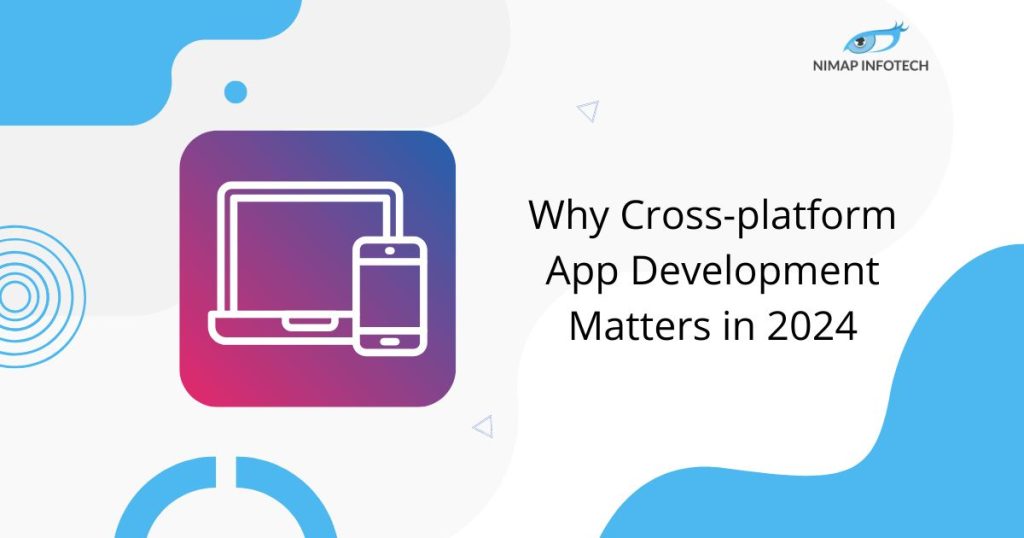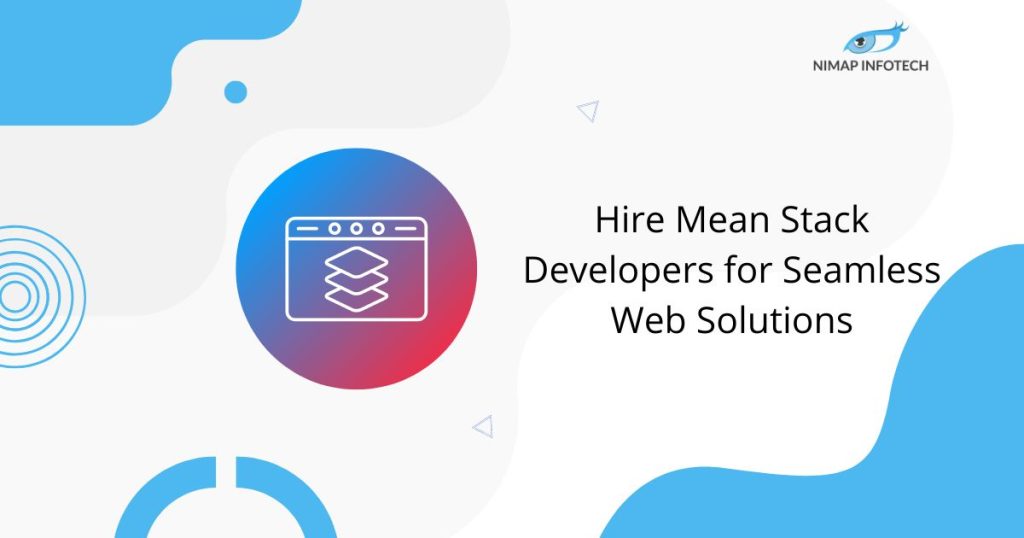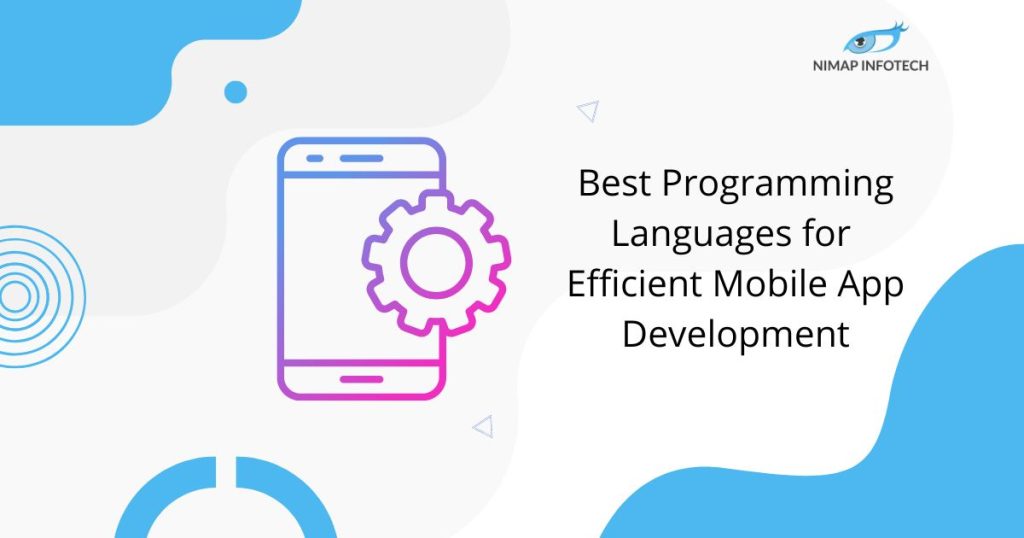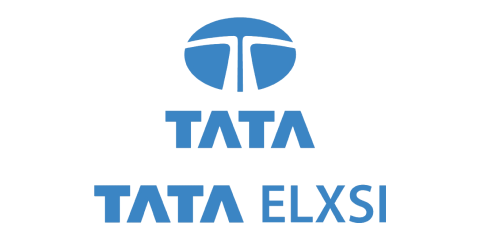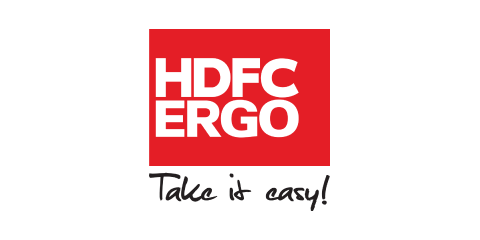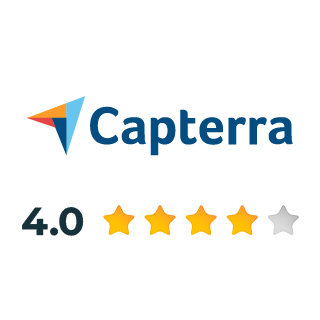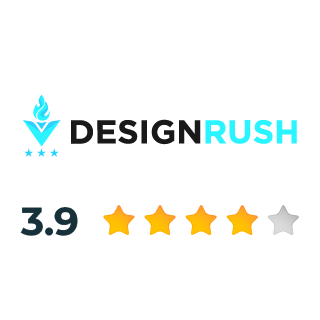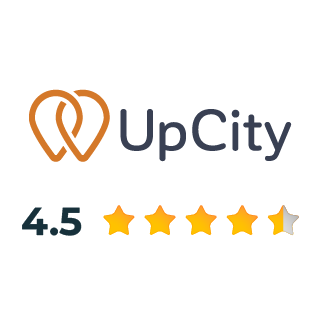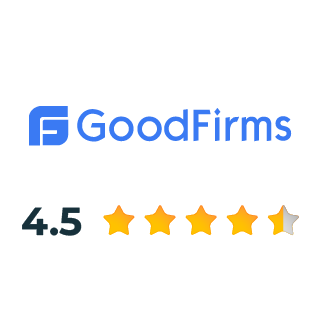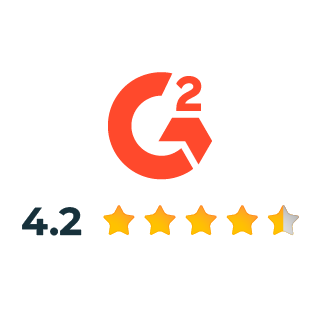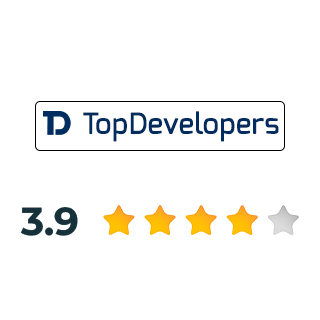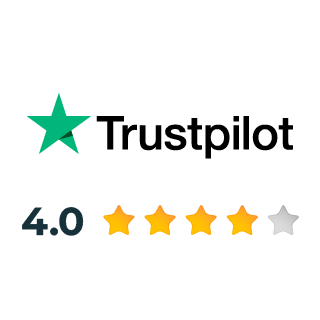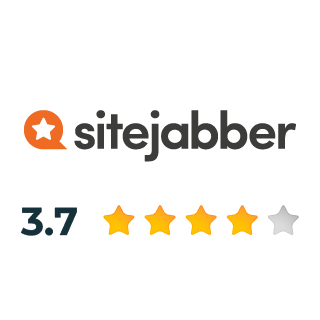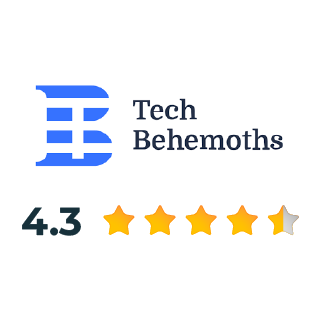Prior to building a versatile application, one needs to settle on the gadgets it ought to be upheld on. For certain items, the response is simple; for the ones where the market fragment has a significant number of clients for every OS, picking one OS over different comes at a specific expense. You either risk losing a portion of the market or on the other hand assuming that you choose to assemble local applications for every working framework, it includes huge speculation. Get all the insights you need in this Flutter vs Ionic blog.
Why go CrossPlatform?
With cross-stage application improvement, organizations never again need to go through this “Sophie’s Choice” circumstance. It permits engineers to construct versatile applications that sudden spike in demand for numerous working frameworks by utilizing a solitary structure and having a similar codebase.
The system empowers organizations to make local-like encounters by lessening the improvement exertion and expenses while accelerating an opportunity to advertise.
Versatile improvement is a cutthroat market. To be seen as a top player, it’s significant to exploit the right assets to construct a solid and enduring upper hand. The constant advancement and client-driven progress brief associations to track down ways of offsetting long haul development with momentary difficulties.
Overview
Native applications designed for high-performance ideal for today’s workforce. Built for specific platforms and written in languages accepted by the platform. The key to achieving success in the world of mobile apps and mobility is that you need to reach out to maximum users irrespective of devices or operating systems.
This can make a cross-platform mobile app seem to be small and has the added advantage that users on more than one platform have access to your product or service.
Cross-platform mobile app development may either involve developing the app in the native platform that supports only one platform(which could be iOS, Android, Windows Mobile) or develop the app in environments that allows the app to be sent to different native platforms. We are going to compare and contrast two different cross platform app development technologies. These platforms that allow multi platform app development.
In this article, we will be discussing and comparing two major cross-platform app development technologies, namely Flutter and Ionic (Flutter vs Ionic). Both Flutter and Ionic share a common vision enabling them to create apps that work beautifully on many different platforms. However, both are inherently different and function differently. Here is a quick comparison between Flutter vs Ionic.
What is Ionic?
Ionic is free and opensource that provides a comprehensive library of mobile and desktop-optimized HTML as well as CSS and JS components that enable the creation of intuitive and interactive apps. The ionic framework can enable the creation of hybrid mobile apps for cross platforms such as Android and iOS. Ionic is a framework that competes with Google’s Flutter for hybrid and cross-platform app development. This technology supports both apps development for Android and iOS platforms.
The focus provided by the Ionic framework revolves around the look, feel as well as the UI interaction that happens with a mobile application. It features many different UI components as well as a rich library of front-end building blocks that easily allows the developer to create a beautiful design, high performance as well as progressive mobile apps using scripting languages such as JavaScript, HTML, and CSS.
Advantages or Pros of Ionic:
- Allows for rapid prototyping
- Creation of hybrid mobile apps
- Use of AngularJS
Disadvantages or Cons of Ionic:
- Not suitable for UI intensive or high-performance apps.
- Not meant for Game development.
Hire Ionic Developer
What is Flutter?
Flutter is a mobile app development SDK that helps developers and designers to create and build modern mobile apps for iOS and Android. Google’s Flutter is a game-changer when it comes to providing first-rate native experiences. Flutter has been growing in popularity and it is often compared with other technologies such as React Native and other best cross-platform app development tools. It is an inventive platform that is backed and supported by Google, the search giant.
Flutter is a user interface software development kit that is used to develop the mobile application using a single code language that is Dart. It is integrated with the inbuilt Java Code on Android, as well as Objective-C and Swift on iOS.
Pros or Advantages of Flutter:
- Hot Reload
- High Performance
- Full Support by Google
- Compiled into Native C
Cons or Disadvantages of Flutter:
- Need to learn Dart Language
- Smaller Community Support
- Lack of Promotion
- Lack of Friendly Documentation
Hire Flutter Developer
Flutter vs Ionic: Key Difference
-
Performance:
When considering the performance of Flutter and Ionic, efficiency is a critical component in establishing their fit for your organization. With its 60 FPS capacity, Flutter is a
favorable choice for distinctive animations. Ionic, on the other hand, delivers comparable performance for consumer-facing applications.
The performance of Flutter vs Ionic is determined by how each frame is coded. Finally, the quality of the code has a considerable impact on the performance of any framework.
The size of the app’s bundle also affects Flutter vs Ionic speed. Ionic uses the normal browser runtime and its primitives, resulting in a 2,991-byte package. On the other hand, Flutter demands substantial code even for simple app building, which contributes to its large bundle size.
-
Proximity to UI:
When the question is about native look and feel, Flutter and Ionic both appear to be native as far as the user is concerned. However, both frameworks make use of the native approach for UI elements, Flutter and Ionic updates the UI elements to match the look of the platform running on material design for Android and Cupertino for iOS. Both these frameworks come with the ability to access and use platform services and native APIs. This is done via a library of pre-built plugins using a set of tools to build custom plugins.
However, it should also be noted that Flutter’s native mobile implementation is highly opinionated. If you are going to do custom work using Flutter. You will need to adapt to learn and adapt Flutter’s way of working with iOS and Android.
-
User Experience:
In comparing Flutter vs Ionic, user experience is an important thing to consider.
Because of its intrinsic flexibility to construct native-like, customizable widgets. Flutter provides an amazing user experience.
Developers familiar with Stream Builder, Animation Builder and Future Builder may design stunning user interfaces. Dart’s generational garbage collection aids in the creation of UI frames for temporary object codes. Decreasing UI clutter and animation slowness by allocating objects with a single pointer bump.
Ionic’s fluid and native-like UI navigation greatly enhance the user experience. Its hybrid method allows for app development within a native app container, allowing users to get updates without downloading an apk.
-
Learning Curve:
Ionic offers a comparatively easy learning curve due to its use of web technologies. While Flutter requires users to learn and understand the use of Dart language in order to build apps. Flutter has been gradually growing with the support from best developers of Google as well as the community. Also, Ionic is used for graphical apps or some kind of game development due to wrapper plugins.
Also Read: Hire Flutter Developers: 4 Fastest Ways To Hire Developers For Your New Project
-
Code Portability
Comparison between Flutter vs Ionic can get very close when the question is about deployment across mobile and desktop.
The portfolio of Flutter is able to tell that you can create some immensely appealing Android and iOS apps. This is by making use of a single code base. And while the desktop support is under technical preview. The demos show that it is easily possible in order to compile your app to run natively on many different platforms.
Everything depends on whether you are looking to deliver. And deploy your app over the web as a conventional desktop web app or as a PWA. Flutter caters to mobile apps and comes with inherent limitations for web browsers. Apps that require quick loading might experience inherent problems when using web implementation. It can get an advantage when the question is about developing apps for web, mobile, and desktop.
-
Testing:
Testing is an important part of the development process, and Flutter and Ionic provide extensive testing options.
Flutter’s Dart development environment offers automated testing. Flutter unit testing may be done with Spec, Spek, or Mocha, while UI testing can be done with XCUITest or Appium. A complete testing suite is included with the Flutter driver packages.
Web technologies are frequently used in Ionic app testing. The programme may be instantly tested in many browsers without using Web View emulators. The Ionic CLI also makes web component testing easier.
-
Application Size:
Developers require a proper Application Size, when creating efficient & fast applications. The Dart virtual machine & C/C++ engine are included in the 7.5 MB Flutter “Hello World” app. On the other hand, the “Hello World” application produced with Ionic is rather modest, with a size of only 3.2 MB in version 5. Earlier versions of Ionic produced apps ranging in size from 5 to 6 MB.
-
Native Look & Feel:
When comparing Ionic with Flutter, using native UI components is critical.
Ionic and Flutter both avoid using the native UI components of their respective platforms. Instead, they prefer to automatically upgrade to Material Design and Cupertino for Android and iOS, respectively.
Flutter is particularly built for developing natively compiled applications. It includes many pre-made widgets and capabilities that offer apps a fully natural experience on Android and iOS.
Ionic, on the other hand, is built using web technologies such as HTML, CSS, and JavaScript. While it provides a set of UI components and tools to assist in creating native-looking apps, it may lack the same level of native feel as just a fully native app built with Flutter.
Both frameworks allow access to native APIs and platform services via a plugin library. Flutter’s native mobile implementation, on the other hand, is wholly unique.
-
Sustainability:
In terms of long-term viability, both Flutter and Ionic are supported by big and active communities and significant corporations (Google for Flutter and Ionic Framework for Ionic). This guarantees that both frameworks will be maintained and upgraded in the future.
The sustainability issue is critical in determining the result of the Ionic vs Flutter. In this aspect, sustainability refers to the project’s shelf life and adaptability.
Ionic-powered projects are more sustainable than Flutter-powered projects. Choosing Ionic for application development provides a broader platform than Flutter since it supports open web standards. This produces a consistent script for constructing cross-platform apps. As well as the ability to utilize the application with any JavaScript framework.
-
Popularity:
When comparing Flutter with Ionic, popularity is a key factor to consider because developers favour the most recent and popular software & development apps. Flutter and Ionic have both acquired popularity among developers for various reasons.
Flutter was released in 2017 and has steadily risen in favour among web developers, reaching 42% and beyond by 2019.
On the other hand, Ionic was introduced by Drifty Co in 2013 and quickly gained popularity owing to its open-source UI toolkit and usage of common web technologies. Around 82% of developers use the Capacitor.js APIs, and more than 5,000,000 developers have produced 5 million apps with Ionic.
It’s worth noting that the prominence of Flutter and Ionic is always changing and evolving.
-
Architecture:
When comparing Flutter vs Ionic, architecture is an important factor to examine. Since the correct design may ease the whole development process and allow future upgrades and maintenance.
Flutter has a tiered hierarchical design, with functionality beginning at the top-level root. Which comprises platform-specific widgets. The platform layers communicate via rendering layers, and API calls are routed to the foundation via the Scaffold, which mainly relies on C and C++ engines. Flutter’s BLoc design includes a presentation layer and a business logic layer.
Ionic, on the other hand, employs an Angular JS-based Model-View-Controller architecture. This enables numerous developers to work on the same software simultaneously, shortening the time to market. Ionic also makes it simple to create many views without interfering with the application’s speed, even after multiple iterations.
Flutter vs Ionic: Comparison Table:
| Flutter | Ionic |
| Flutter is developed by Google | Ionic is developed by open source community |
| Flutter uses the dart programming language | Ionic makes use of HTML, CSS and JavaScript |
| Flutter is open source in nature | Ionic is propriroty |
| Flutter makes use of a single code base | Ionic also makes use of a single code base |
| This technology is cross platform compatible | This technology is also cross platform compatible |
| The learning curve offered by flutter is medium | The learning curve offered by Ionic to developers and designers is also medium |
| Experienced programmers and developers can easily learn flutter. | Experienced programmers and developers will find it easy to learn Ionic |
| The community of Flutter is not huge | Ionic community is also similar to flutter and is not huge |
Recommended Read: React Native Vs Ionic Framework
Conclusion:
So now you know the basic differences between Ionic and Flutter (Flutter vs Ionic). It comes down to the basic requirements and your preferences. This is in which you can use which framework for your app development needs. If you are looking to develop an app for your business and looking to hire flutter developers or hire ionic developers then do contact us at enquiry@nimapinfotech.com with your requirements.
